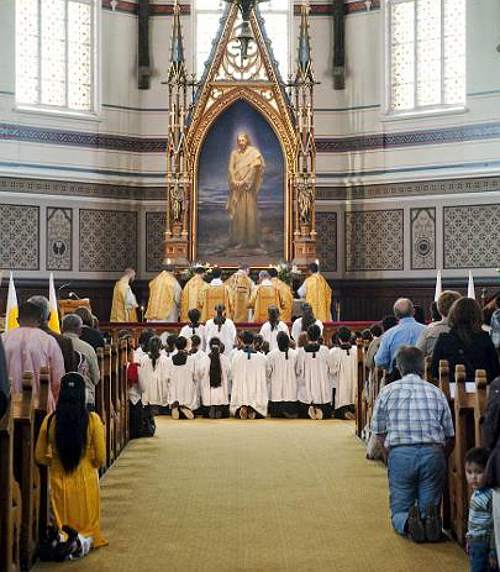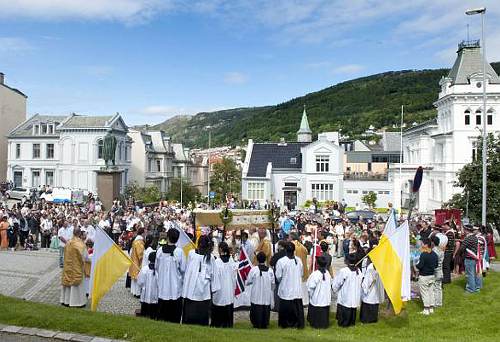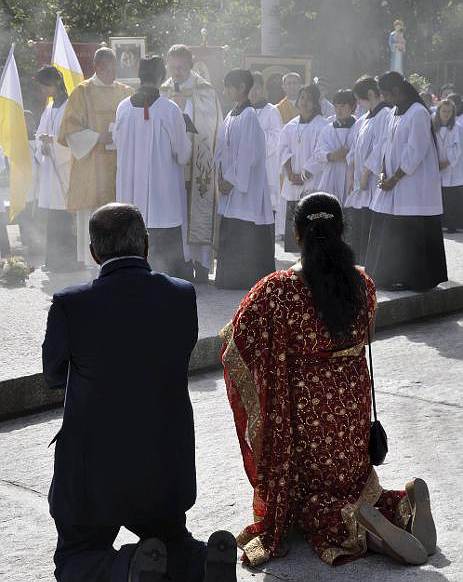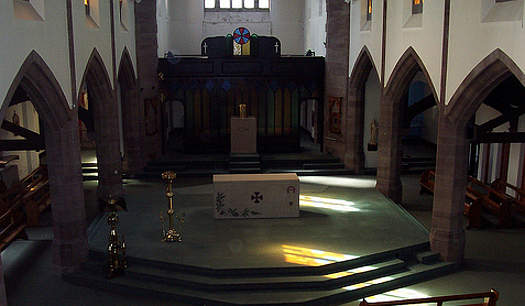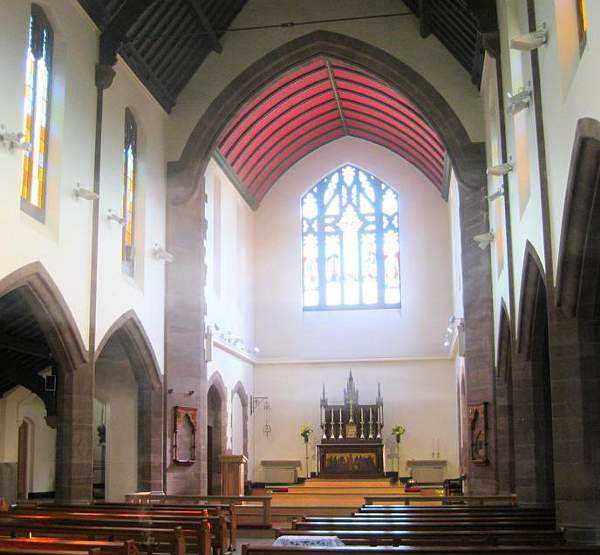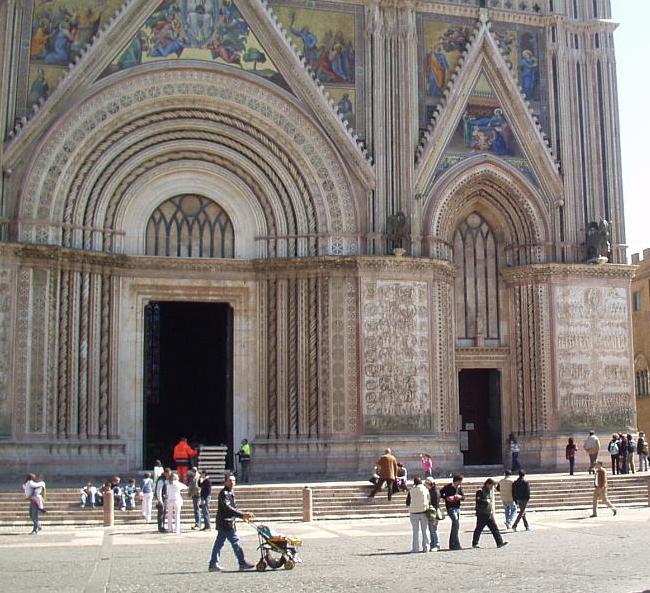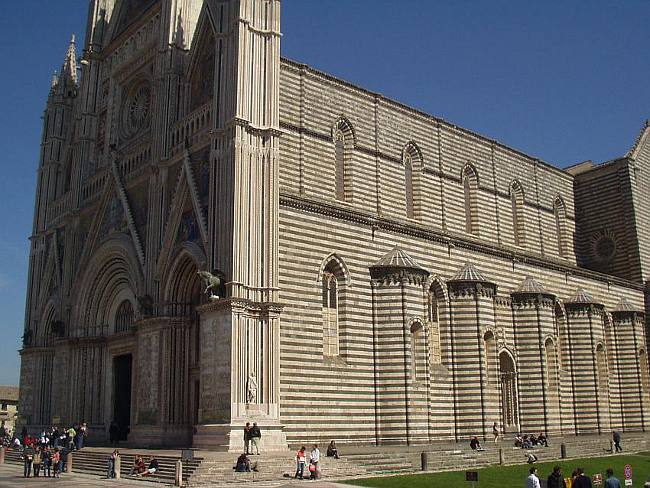De er tre ting i måten messene oftest feires på i vår tid som gir lite mening for meg; at man oftest ikke bruker et tradisjonelt alter, men et bord vendt mot folket, at folk mottar kommunion i hånden, og at folk står når de mottar kommunion, isteden for å knele på kommunionsbenken. Disse forandringene ble ikke gjort av Vatikankonsilet, heller ikke av kommisjonen som forandret messen etter konsilet – det ble visst bare slik.
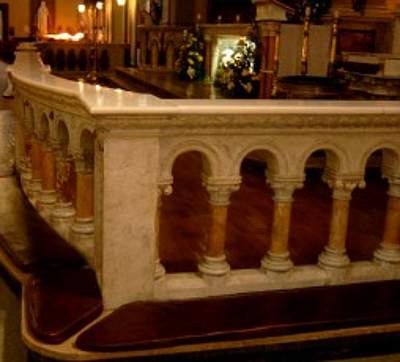
I dag leser jeg at kommunionsbenkene noen steder i USA er på vei tilbake igjen. Og begrunnelsen noen gir er følgende:
Altar (Communion) rails are returning for all the right reasons. Said Father Markey: “First, the Holy Father is requiring holy Communion from him be received on the knees. Second, it’s part of our tradition as Catholics for centuries to receive holy Communion on the knees. Third, it’s a beautiful form of devotion to our blessed Lord.”
James Hitchcock, professor and author of Recovery of the Sacred (Ignatius Press, 1995), thinks the rail resurgence is a good idea. The main reason is reverence, he said. “Kneeling’s purpose is to facilitate adoration,” he explained.
When Stroik proposed altar rails for the Shrine of Our Lady of Guadalupe, “Cardinal [Raymond] Burke liked the idea and thought that was something that would give added reverence to the Eucharist and sanctuary.”
In Eastern Orthodox churches, there is an iconostasis — a wall of icons and religious paintings that separate the nave from the sanctuary — rather than altar rail separating the sanctuary. While the altar rail is usually about two feet high, the iconostasis veils most of the sanctuary. “The altar rail is nothing compared to that,” he says, “and these are our Eastern brethren. We can benefit and learn something.”
I noen kommentarer sier lesere at de ser ingen bevegelse i retning av at kommunionsbenkene nå begynner å komme tilbake – og realister her i Norge må vel si det samme.
Hvorfor forsvant så kommunionsbenkene? Hovedartikellen nevner noen grunner, og en kommentar her, fra Anthony Symondson, SJ, sier følgende:
I have never entirely understood why altar rails were removed beyond discouraging the faithful from receiving Holy Communion kneeling. Some say that they work against a ‘communitarian’ interpretation of worship but that is nonsense. In most churches they are hardly seen from the nave unless one occupies the front benches. Their principle value, beyond supporting kneeling communicants, is that they define the ritual enclosure and perhaps that is the main reason why ‘progressives’ removed them.
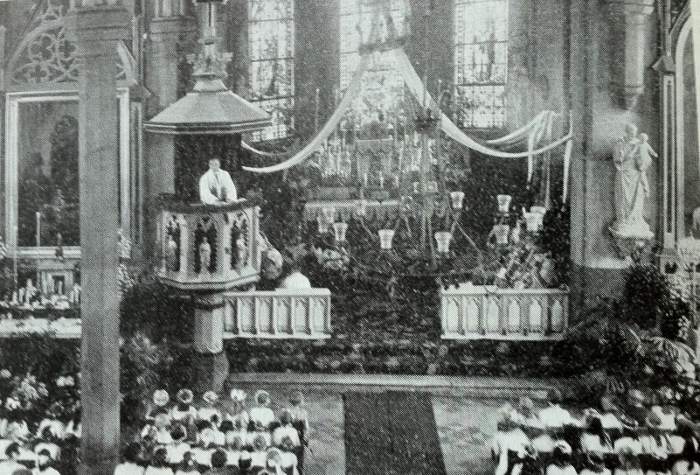
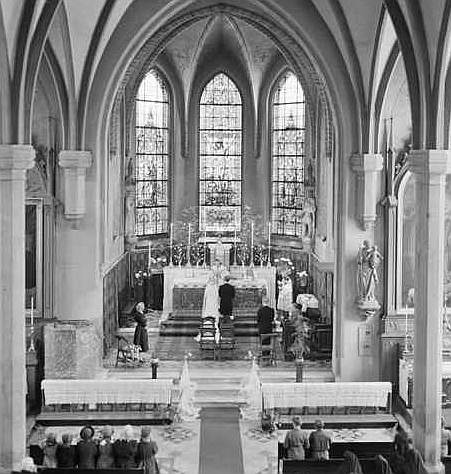


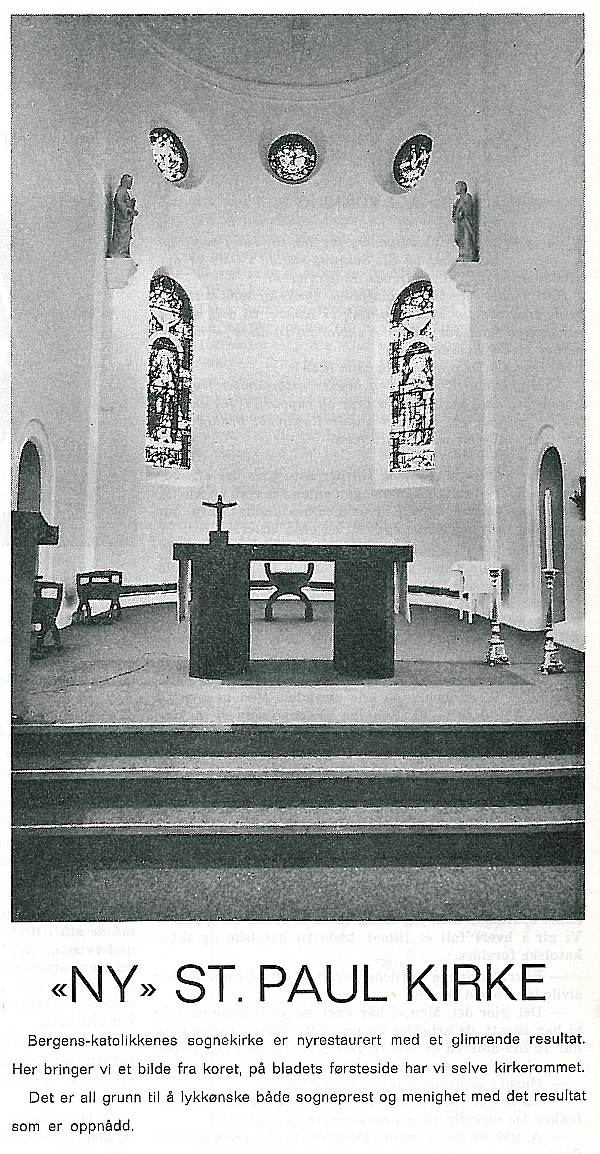
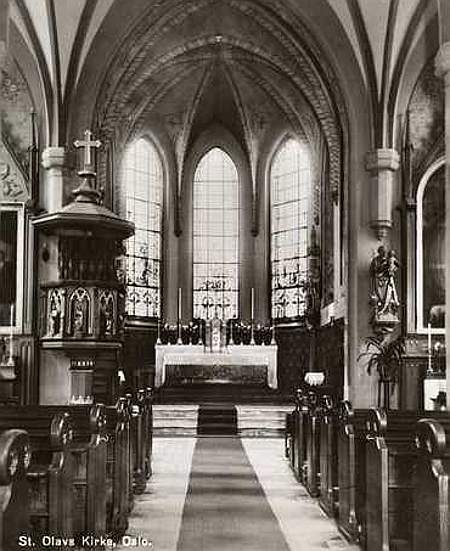

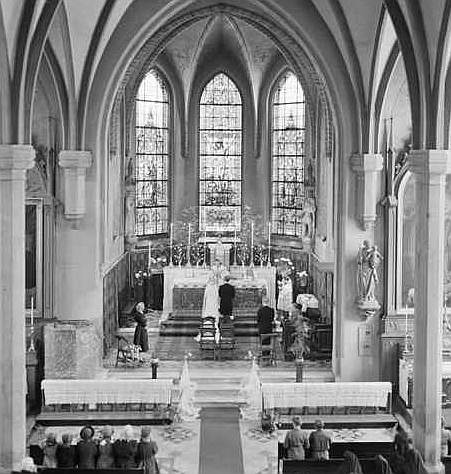
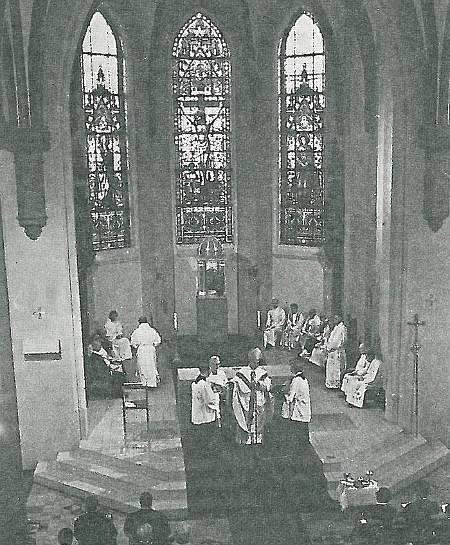
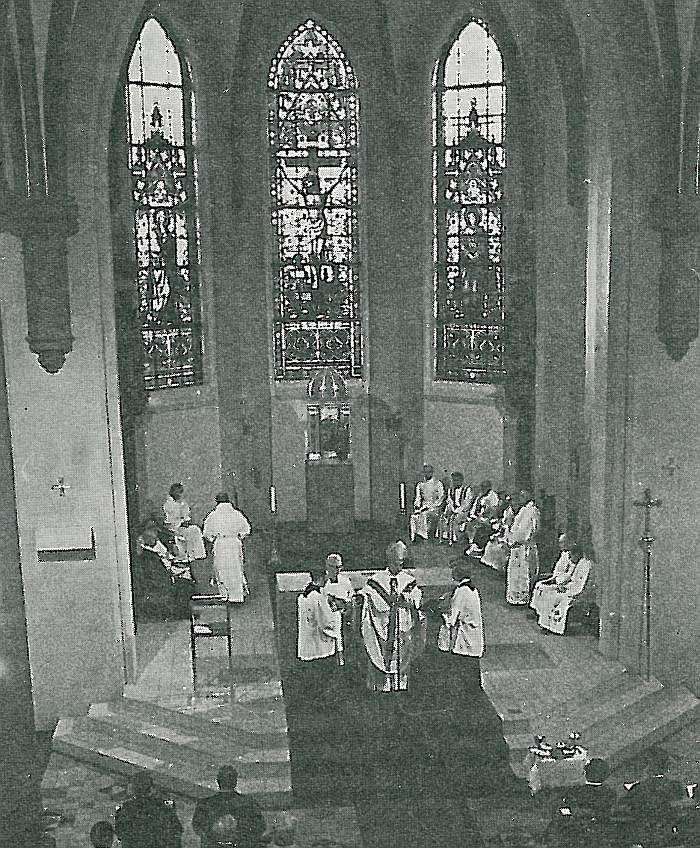



 29. juni 1951 ble over 40 unge menn ordinert samtidig, og jeg husker at jeg leste akkurat dette (spesielt andre avsnitt) i boka der pave Benedikt skriver om de første 50 år av sitt liv; «Milestones: Memoirs 1927-1977».
29. juni 1951 ble over 40 unge menn ordinert samtidig, og jeg husker at jeg leste akkurat dette (spesielt andre avsnitt) i boka der pave Benedikt skriver om de første 50 år av sitt liv; «Milestones: Memoirs 1927-1977». 